Historic Sites
1. Frank Lloyd Wright’s Martin House
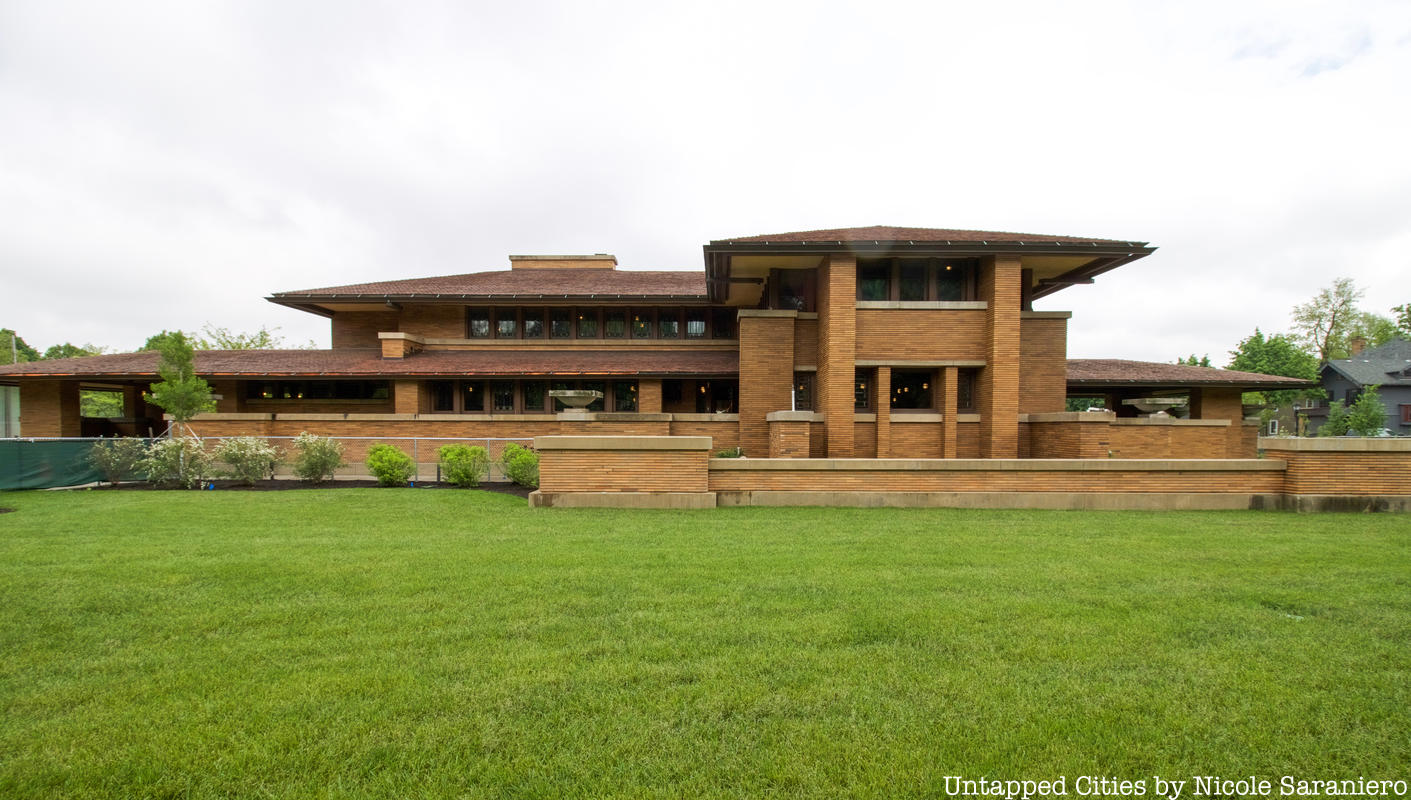
Outside of Chicago, Buffalo is the only city that boasts buildings by all three of the recognized “Trinity of American Architecture:” Henry Hobson Richardson, Louis Sullivan and Frank Lloyd Wright. Wright’s contribution to the architecture history of Buffalo was The Martin House. In fact, it is actually a complex of six interconnected structures designed Buffalo businessman Darwin D. Martin and his family in Buffalo’s Parkside neighborhood. Constructed between 1903 to 1905, the complex is considered by many to be one of the best of Wright’s Prairie Phase and his entire career.
The Martins enjoyed the home until 1937 when Darwin died and his family left the property. For nearly twenty years after it sat abandoned and three structures were eventually knocked down: the Martin House pergola, conservatory and carriage house. The house was declared a National Historic Landmark in 1986 and preservation efforts began in the late 1990s. Restoring the complex to the way it was when first built was a massive undertaking which was only complete just this summer when the finishing touches were put on the landscaping. In the end, the entire project cost more than $50 million.
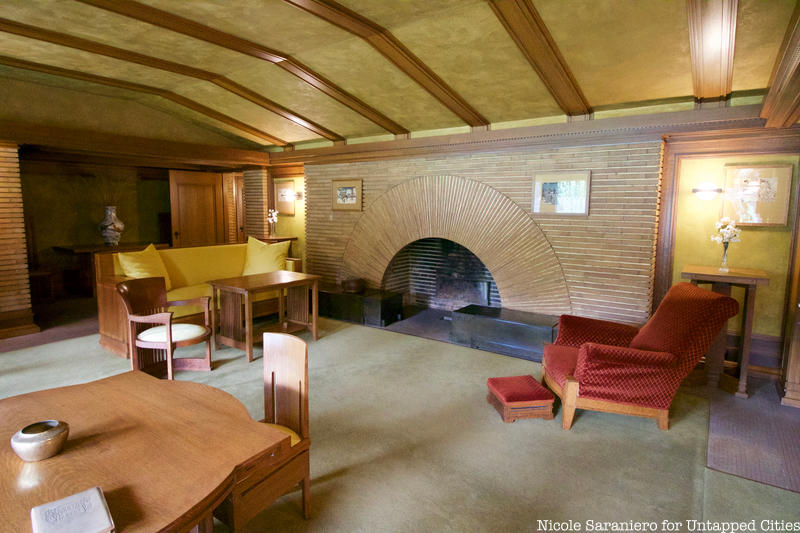
Walking around the Martin House, you can see the genius of Frank Lloyd Wright in the design. The home is filled with custom-made furniture, fifty-five pieces in total. There are 394 Wright-designed panels of art glass in the windows, many of which display Wright’s signature tree of life pattern. And not to mention the two stunning fireplaces, one a sunburst of brick and gold-leaf covered mortar and the other a shiny mosaic tile depiction of wisteria. There are too many architectural details to lists, and hidden practical features like secret bookshelves, that Wright worked into the design to make it functional for the Martin family while also serving his creative vision. He even designed a grandfather clock! All of this, and there is more to see outside. One of the special features of the Martin House complex is how Wright blended outdoor and indoor spaces among the connected buildings. You can visit the Martin House for a variety of guided tours of the buildings and gardens. Reservations are strongly recommended. If you prefer a self guided experience, visitors are welcome walk around at their leisure on select Mondays during Wright Nights.
2. Buffalo Central Terminal
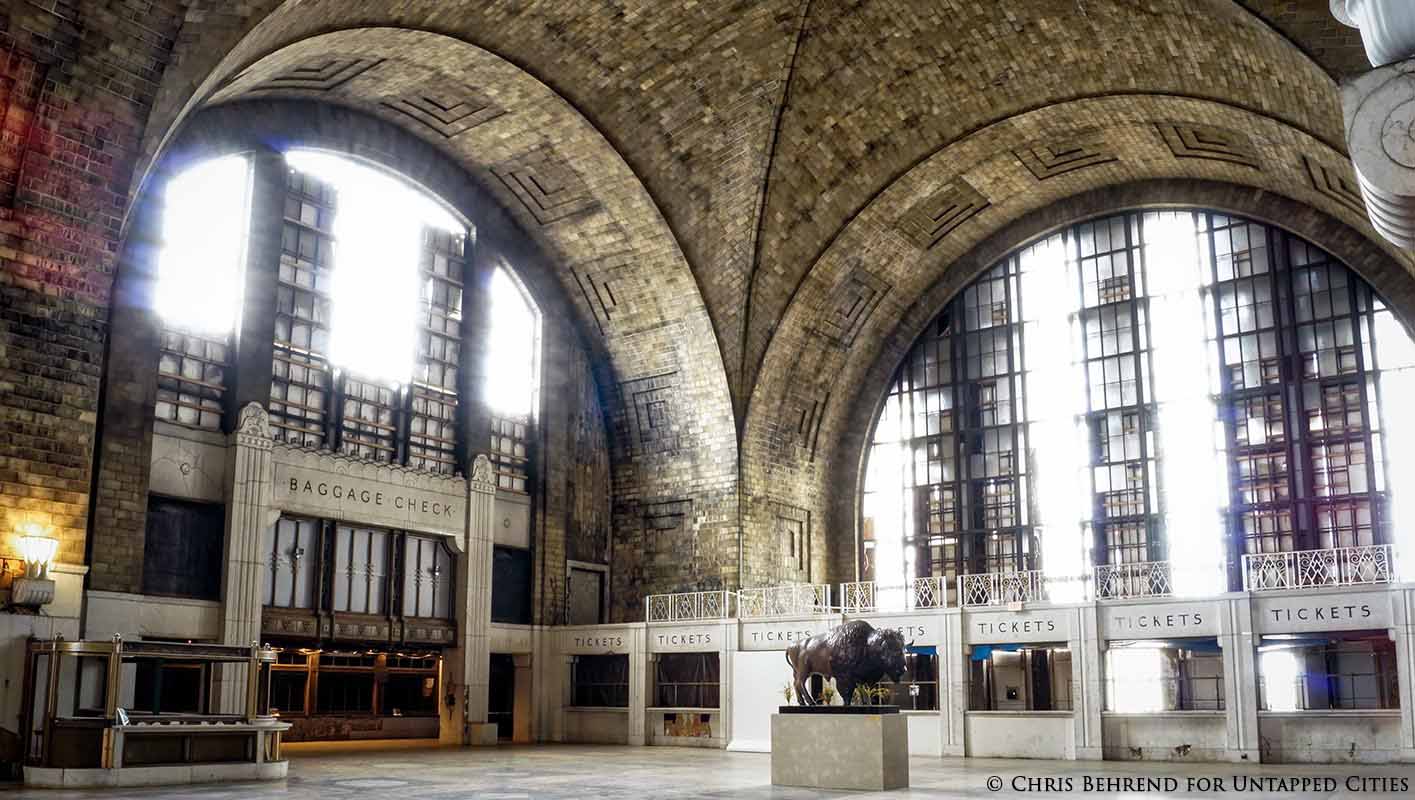
If you plan your trip right, you may be in town for one of the once-a-month historical tours of Buffalo Central Terminal. The terminal opened in 1929 with the capacity to serve 10,000 passengers daily on more than 200 trains. The giant Art Deco beauty chugged along through the Depression and saw its peak activity during World War II as soldiers and goods traveled through. After the War, with the rise of the automobile, transportation by rail slumped. The terminal was in use up until 1979 and then stood abandoned for decades.
In 1997, the 18-acre site was acquired by Central Terminal Restoration Corporation, a non-profit that intends to refurbish and repurpose the property on Buffalo’s East Side as a thriving hub for community events. They already hosts multiple events like monthly tours and Sunset Concerts as well as an annual train show. Be sure to check their schedule of events before your visit.
3. Theodore Roosevelt Inaugural Site
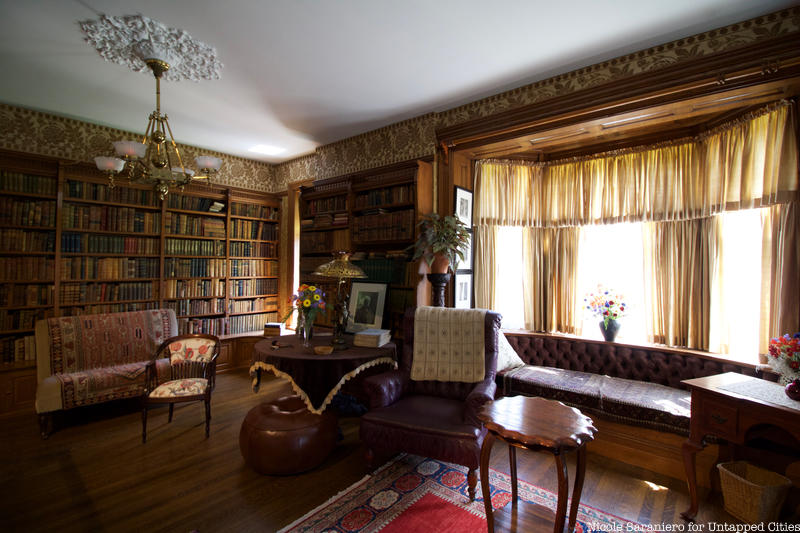
Only four of the United States’ forty three presidents have taken the oath of office outside of Washington, D.C., usually when tragedy necessitates it. Tragedy struck at the 1901 Pan-American Exposition in Buffalo when President William McKinley was shot during his speech at the Temple of Music. The location where the building once stood is now a residential area and the assassination is marked with a plaque. Then Vice President Theodore Roosevelt was rushed from Vermont, where he was away on a speaking engagement, to New York for fear of the worst.
Under the impression that McKinley would make a full recovery after surgery, Roosevelt joined his family in the Adirondacks for a few days vacation. His relaxation was cut short when he was summoned back to Buffalo just three days later. Roosevelt returned to the home of his friend Ansley Wilcox on Delaware Avenue and it was there in the library that he took the oath of office. Today, the Wilcox home is known as the Theodore Roosevelt Inaugural Site, a house museum dedicated to the historic event the historic presidency that followed. Along with period rooms full of original furniture, the museum employs modern interactive technology to make history come to life. Walking through the dining room you’ll smell coffee brewing and hear the chatter of house guests. Inside the Issues Theater you’ll hear words straight from the diaries and speeches of Roosevelt on challenges he faced during his presidency, issues that remain poignant to the current day. The museum is continually working to incorporate new technology and new exhibits to tie the events of the past to our contemporary national news in an educational and productive way.
4. Buffalo City Hall
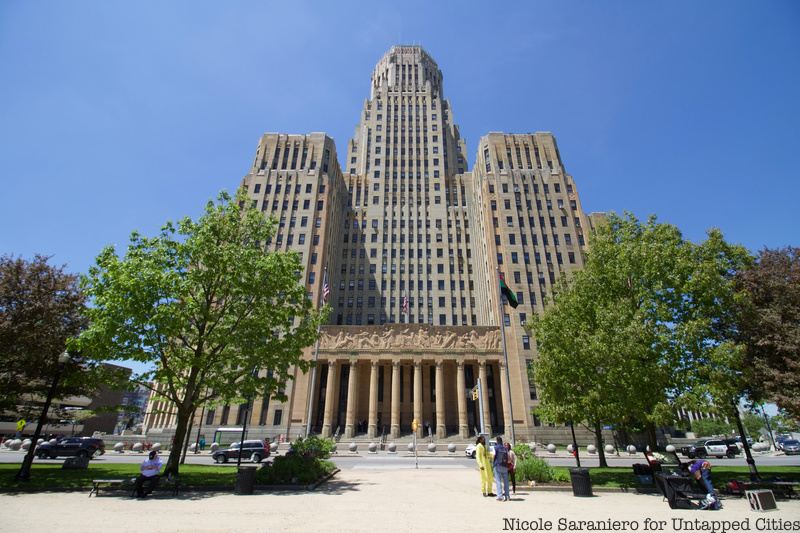
Buffalo City Hall is a feast for the eyes and a definite must-visit location for visitors interested in architecture. The Art Deco building was designed by architects John Wade and George Dietel and until 1970, it was the city’s tallest building. Its height and central location make it the perfect place to see the city from above. Every weekday the City Hall’s Observation Deck is open and free to the public from 8:30a.m. through 4:00p.m. After going through security, take an elevator up to the 25th floor and ascend three short staircases. You will come out into Windows on Buffalo, a room of 360 degree windows and signs telling you what you can see out each one. You will get a clear view of the waterfront and see the city’s radial street design.
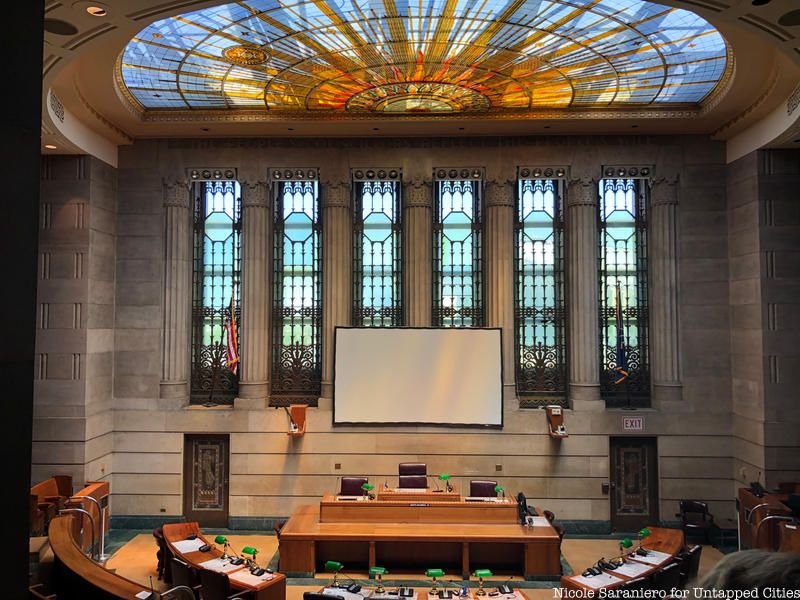
Another way to get to the Observation Deck is by taking a free guided tour of the building. Tours are offered every weekday at noon and no reservation is required, just meet in the lobby. The tour will point out interesting details of the elaborate decor, like the swatiskas in the lobby ceiling that were scratched out and those that still remain, a symbol which had positive connotations before being appropriated by the Nazis. In addition to the ornate lobby, which is decked out in giant murals depicting Buffalo’s industry, Native American-inspired mosaic tiles on the impressive domed ceiling and gilded Art Deco accents, the tour will also take you into the Common Council Chambers on the 13th floor where there is a stunning sunburst skylight. After the tour you will be in the heart of downtown.





